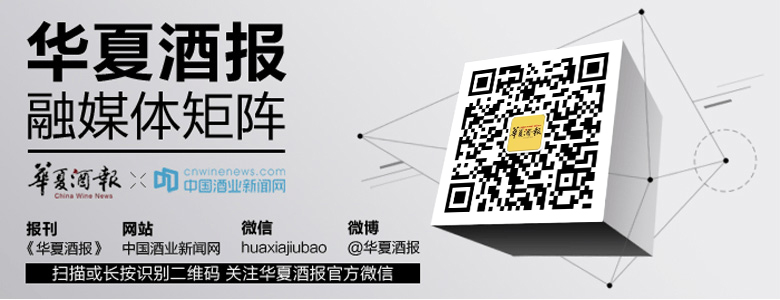Less than three months after the publication of the article "Flying Moutai Drops Below 2,000 Yuan: Who Benefits, Who Suffers?", reporters from China Alcoholic Drinks News observed significant price fluctuations for Moutai on the JD platform once again. In some stores, 500ml 53-degree export-version Flying Moutai labeled as "flawed for personal consumption, not for collectors" was priced as low as 1,179 yuan. The lowest price for non-export versions of the same product was 1,430 yuan per bottle. For flawless products, the lowest price for the export version was 1,268 yuan per bottle, while the non-export version was priced at 1,899 yuan per bottle. On e-commerce platforms like Pinduoduo and Taobao, Moutai prices under the "100 Billion Subsidies" program were similar: two bottles of 500ml 53-degree export-version Flying Moutai were offered at a flash sale price of 3,094 yuan (1,547 yuan per bottle), while the non-export version was priced at 3,587 yuan for two bottles (1,793.5 yuan per bottle).
Notably, since the mid-year 618 promotion when Flying Moutai approached the 1,600 yuan mark, the price of the non-export version has continued to rise, while the export version has steadily declined, effectively breaking through the official guidance price of 1,499 yuan. Industry insiders generally believe this phenomenon may be related to a surge in the回流 (reflow) of high-end baijiu exports.
"Flying Moutai falling below 1,499 yuan is only a matter of time," said Zeng Yu, a renowned vintage baijiu collection expert and founder of Zengpin Hall, in an interview with China Alcoholic Drinks News. He pointed out that the current lack of consumption scenarios, weakening investment appeal, and an imbalance between supply and demand are likely to push Flying Moutai's price below the 1,000 yuan threshold. However, he also emphasized that, in the future, as consumer confidence recovers, Moutai's price may rebound.
At present, however, the overall consumption trend for baijiu is not optimistic. According to the *2025 China Baijiu Market Mid-Term Research Report* recently released by the China Alcoholic Drinks Association, the average inventory turnover days for the industry in 2024 reached 900, a 10% year-on-year increase, while inventory volume rose by 25% compared to the same period last year. Price inversion has affected 60% of companies. In 2025, some distributors reported that price inversion was most severe in the 800–1,500 yuan range, while products in the 500–800 yuan range faced the toughest challenges. The main sales price range has further shifted from 300–500 yuan to 100–300 yuan.
"The key lies in the product's repurchase rate or consumption rate. Take Moutai 1935 as an example—its price once soared to 1,800 yuan but has now fallen to 600–700 yuan, yet its consumption rate has significantly increased. Therefore, a price decline may not necessarily be a bad thing for Moutai," said Wu Peihai, an advisor at Beijing Red Star Co., Ltd. and former deputy general manager, in an interview with China Alcoholic Drinks News. He noted that the critical issue is whether the price falls below the ex-factory price, as a company's profits depend on the ex-factory price rather than the market price. Once the price drops below the ex-factory level, it could have a severe impact on the company, with distributors bearing the brunt.
During interviews, some distributors revealed that the continuous decline in Moutai's price could be a fatal blow to them. Purchasing Moutai often requires bundling with other products, pushing the actual cost per bottle to around 1,800 yuan. If the market price falls below this level, distributors may face widespread losses. "This could trigger panic selling among distributors. During the baijiu industry's adjustment period from 2012 to 2014, Moutai's price dropped from 2,000 yuan to 800 yuan. Although the fundamentals are more stable now, we still need to guard against emotional shocks under extreme scenarios," analyzed Zou Wenwu, general manager of Beijing Shengxiong Brand Planning Co., Ltd.
In the long run, Moutai's brand strength, profitability resilience, and scarcity still support a valuation recovery. If consumption rebounds and reform dividends materialize, its price could rise back above 2,000 yuan. However, in the short term, against the backdrop of weakening consumption momentum, Moutai's price decline resembles a domino effect—1,000 yuan loses its appeal, 800 yuan feels hollow, 500 yuan is barely acceptable, and even 100 yuan entry-level baijiu struggles.
"When the financial attributes fade from Moutai, and it returns to its consumption nature, the inflated bubble will inevitably deflate," noted Wan Chunhui, a senior financial media analyst. This issue is not unique to Moutai; other baijiu brands face similar challenges. In the past, artificially high retail prices were the result of hoarding and speculation. Now, the price decline is squeezing out speculative bubbles.
Yet, a relentless downward spiral is never the goal of healthy, high-quality development in the baijiu industry. As Flying Moutai's price continues to fall, the market cannot help but ask: When will this round of adjustments bottom out? Should Moutai step in to "rescue the market"? Perhaps Moutai's recent proposal to return baijiu to its original purpose—"for rituals, for aging, and for joy"—has already provided the best answer. After all, the healthy development of the baijiu industry must ultimately be built on genuine consumer demand.

